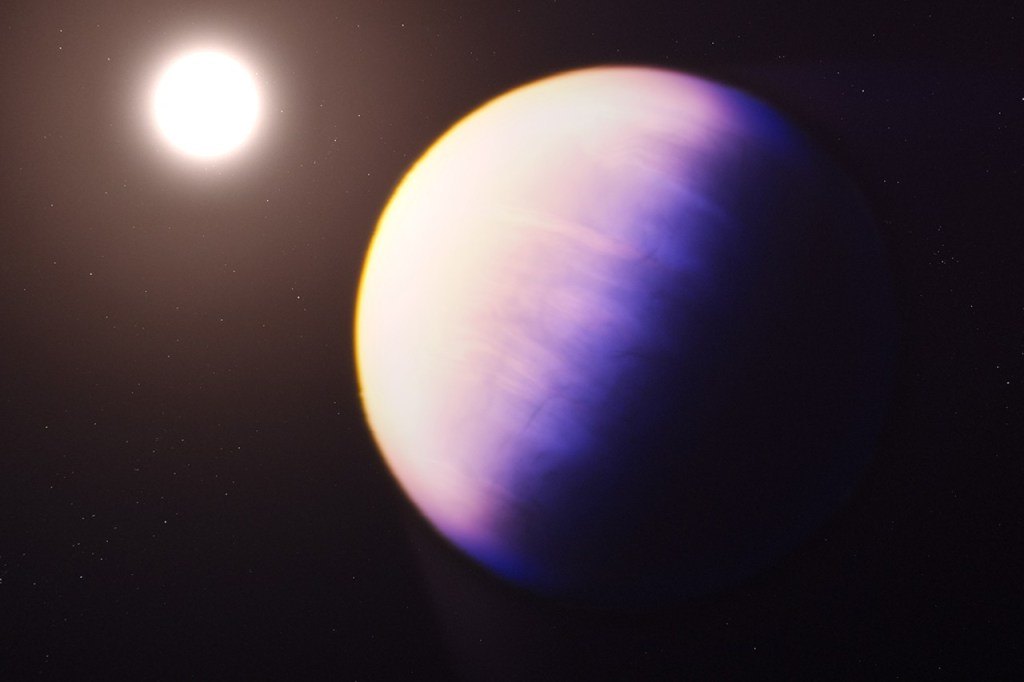

How many exoplanets have been discovered?
source link: https://spaceexplored.com/2023/04/21/how-many-exoplanets-discovered/
Go to the source link to view the article. You can view the picture content, updated content and better typesetting reading experience. If the link is broken, please click the button below to view the snapshot at that time.

How many exoplanets have been discovered?

NASA estimates that the Milky Way Galaxy is home to at least 100 billion planets. Others believe it could be anywhere from 200-300 billion. Using data from exoplanet-hunting missions such as Kepler, Gaia, and now James Webb, we can identify and confirm their existence. So, how many exoplanets have been discovered?
NASA confirmed exoplanets: 5,338
Number of confirmed planetary systems: 4,001
NASA exoplanet candidates (unconfirmed): 9,432
Updated April 21, 2023
These are the number of confirmed exoplanets and planetary systems by NASA, followed by the number of exoplanet candidates, which are discoveries that could be planets but are still unconfirmed by researchers.

What is an exoplanet?
An exoplanet is any planet orbiting a star outside of our solar system. Exoplanets can come in many different sizes and compositions. NASA categorizes the 5,241 confirmed exoplanets into 5 subtypes: Neptune-like, Super Earth, Gas Giant, Terrestrial, and the unknowns. Here’s how the space agency describes each:
Neptune-like (1,830)
These planets are Neptunian worlds, similar to Uranus or Neptune in our solar system.
Super Earth (1,618)
Super-Earths are exotic planets unlike any in our solar system–more massive than Earth yet lighter than gas giants like Neptune, and they can be made of gas, rock, or a combination of both.
Gas Giant (1,695)
These planets belong to a class known as gas giants, similar to Jupiter or Saturn in our solar system.
Terrestrial (190)
Terrestrial planets are rocky, with iron-rich cores, like Mercury, Venus, Earth, and Mars in our solar system.
Unknown (5)
TBD
Last updated: April 21, 2023
Credit: NASA/JPL-Caltech
How do we find them?
Currently, there are 5 different methods scientists use to identify exoplanets. These include measuring tiny changes in a star’s brightness to looking for wobbling stars, usually caused by orbiting planets. Here’s how many exoplanets have been discovered by each method:
Radial Velocity: 1,036 planets discovered
Watching for the wobble of a star.
Transit Method: 3,986 planets discovered
Measuring a star’s dip in brightness.
Direct Imaging: 66 planets discovered
Nothing fancy – a method of taking pictures.
Gravitational Microlensing: 187 planets discovered
Measuring light in a Gravity Lens.
Astrometry: 2 planets discovered
Measuring a star’s minuscule movements on a plane.
Last updated: April 21, 2023
You can see more about each on NASA’s Exoplanet Exploration page.
Follow Arin: Twitter, Instagram, LinkedIn
Related stories:
Recommend
About Joyk
Aggregate valuable and interesting links.
Joyk means Joy of geeK